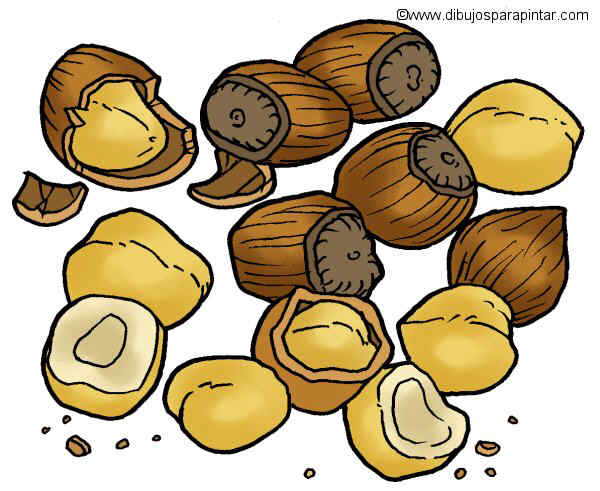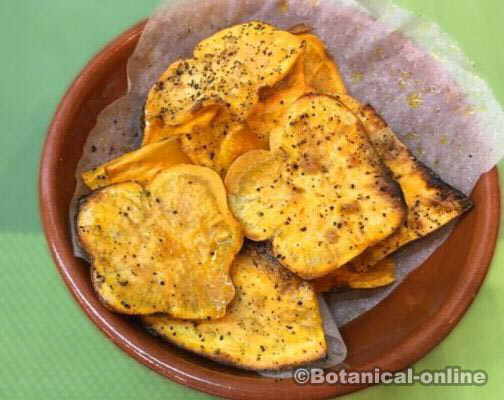Characteristics, uses and recipe of sofrito
CHARACTERISTICS OF SOFRITO
What is “sofrito”?
A sofrito (stir fry) is a culinary identity preparation of the Mediterranean diet that consists of heating in virgin olive oil different vegetables and finely chopped aromatic spices, typically onions, tomatoes and aromatic herbs, but it may also contain garlic, peppers and other vegetables.
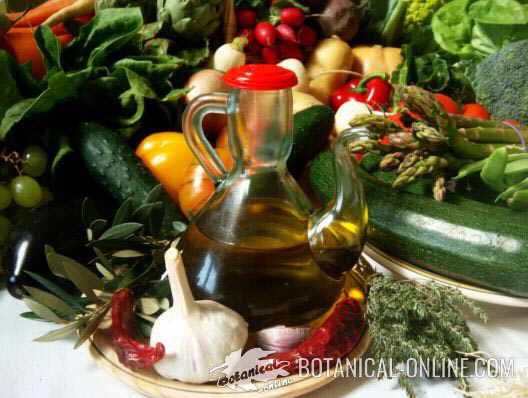
Sofrito ingredients. A sofrito is an indispensable component of the Mediterranean diet
Definition of sofrito
The term sofrito (“soffrito” in Italian and “sofregit” in Catalan) means “little fried”. It consists of heating little by little and slowly simmering vegetables and aromatic plants finely chopped and covered with oil. Finally you get a seasoning that is the basis for flavoring different recipes, both of vegetables, as rice, stews or eggs.
Characteristics of sofrito
Technically, sofrito is a method of dry cooking, in which moisture is removed from the surface of the food, concentrating and intensifying its flavor.
The culinary advantage offered by this type of cooking is that it reaches higher temperatures than cooking with water, such as boiling or steaming, but without reaching frying temperature. The temperature allows the formation of aromatic substances typical of toasting reactions (mainly due to caramelization reactions and Maillard reaction).
Importance of sofrito in the Mediterranean diet
The sofrito is an indispensable component of the Mediterranean diet. This culinary technique, used both in Spain and in many other Mediterranean countries, has been the subject of numerous scientific studies that support its health benefits, including the PREDIMED study (Prevention with DIET Mediterranean). They conclude that, in addition to its taste qualities, the cooking of vegetables and oil over low heat has nutritional benefits.
Unwittingly, the traditional sofrito is actually an excellent method to extract phytochemicals from vegetables (polyphenols, carotenoids, etc.) and retain them in the oil. In addition to concentrating these components, the oil serves as a vehicle for these compounds, increasing their absorption. This property is responsible for the sofrito being so aromatic, and at the same time having medicinal properties.
Components of sofrito
The sofrito components are mainly all those lipophilic substances that are capable of being impregnated in the oil. In addition to the vegetables themselves and other ingredients that the recipe may contain, sofrito stands out for its content in:
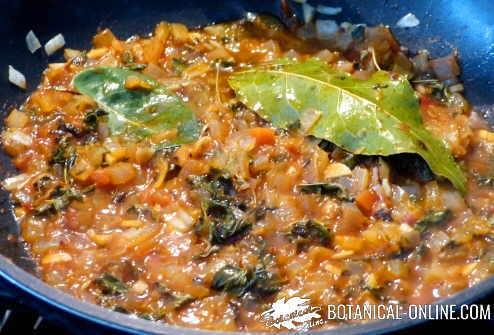
Sofrito is a sauce simmered with various onions, tomatoes, olive oil, spices and aromatic herbs
- Healthy fats and good quality virgin olive oil, mainly omega 9, but also omega 6 and less omega 3. When cooked over a low heat, sofrito does not have the disadvantages of oils cooked at high temperatures.
- Vitamin E, lipid antioxidant naturally present in virgin olive oil.
- Polyphenols and other phytochemicals that come from both virgin olive oil (hydroxytyrosol, tyrosol and oleuropein), as well as the ingredients that are added to sofrito: onion (quercetin), tomato (lycopene), garlic (aromatic sulfur compounds), of rosemary (ursolic acid) or aromatic herbs (essential oils), among others. At least 40 different polyphenols have been detected in the typical stir-fry.
Medicinal properties of sofrito
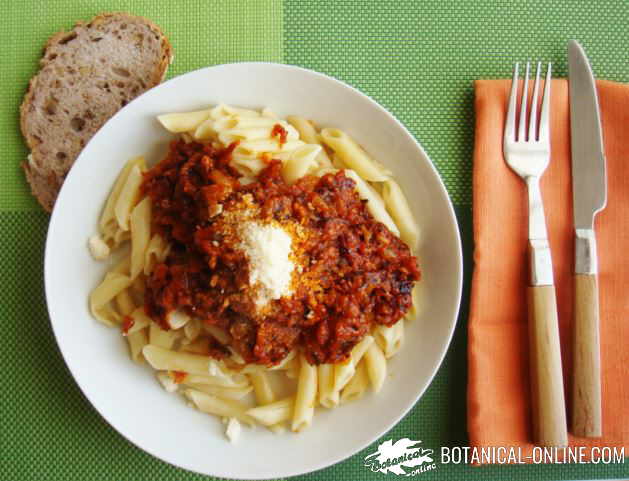
Pasta with sofrito sauce. The beneficial properties of sofrito also depend on the foods that it accompanies and the rest of the diet.
Sofrito is part of the gastronomic culture of many Mediterranean regions, and is a link between traditional cuisine and the basis of healthy cooking. Among its medicinal properties are:
- Nutritious: First of all, sofrito is nutritious because it provides good quality fats with energetic properties. These fats are accompanied by phytochemicals that allow a more physiological use (a refined fat is not the same as a high-quality fat, with antioxidants: the oxidative stress that generates one food and another is totally different). It is therefore an ideal preparation for any healthy diet, for all ages.
- Powerful natural antioxidant: Sofrito concentrates antioxidant substances of vegetables and also facilitates their assimilation, which results in greater absorption of antioxidant components. These substances have an effect against premature aging.
- Anti-inflammatory: The accumulation of free radicals leads to an inflammatory state of the body, which can be seen in obesity, diabetes and other diseases that cause pain and inflammation. Being a source of antioxidants, sofrito potentiates the effect of an anti-inflammatory diet.
- Cardiovascular health: It is a false idea that all fats harm the health of the heart. The reality is totally contrary to this idea: the heart needs vitamin E, polyphenols and healthy fats to function better and also these strengthen the blood vessels. Sofrito helps to lower cholesterol levels and it is recommended in any diet for the heart.
- Avoid the excess of estrogens: Some polyphenols of sofrito are able to stop the overproduction of estrogen, related to premenstrual syndrome and PCOS.
Benefits of sofrito
The benefits of sofrito can be summarized in the following points:
- Nutritious
- Powerful antioxidant
- Anti-inflammatory
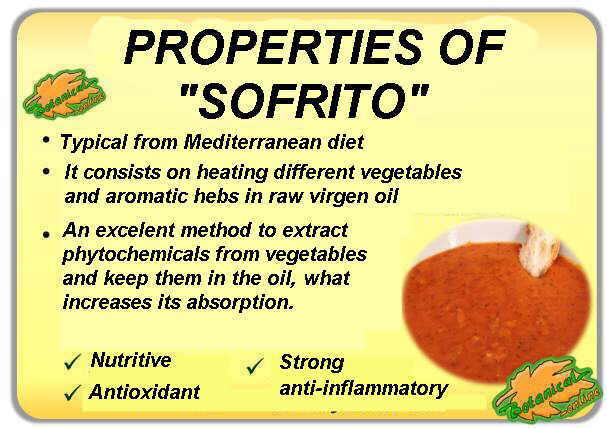
Main properties of sofrito, a typical preparation of the Mediterranean diet, and its potential health benefits
Is all the stir-fry healthy?
It is worth mentioning that sofrito only has these healthful properties when it is cooked over low heat and with a virgin olive oil, or with another type of oil that can tolerate temperature well and that is not refined. Most seed oils (e.g. sunflower) deteriorate when heated. Therefore, there are oils that resist a certain cooking temperature of the sofrito well, and others do not.
![]() More information on onions recipes, their nutritional values and medicinal properties.
More information on onions recipes, their nutritional values and medicinal properties.




